Brighton 1862 – 1922 London
British Painter
‘Peasant Children walking the Donkeys’
Signature: signed lower right and dated ‘Edgar Bundy 1885'
Medium: oil on canvas
Dimensions: image size 71 x 92 cm, frame size 87 x 107,5 cm
Provenance: from a private collection
Notes: Edgar Bundy's captivating genre scenes debuted at the Royal Academy in 1881, leading to his election in 1891. He also earned acclaim at the Salon des Artistes Français in Paris, winning a medal in 1909. Today, his enchanting paintings grace the collections of The Tate Gallery, as well as museums in Liverpool, Leeds, and Melbourne.
Biography: Edgar Bundy (1862–1922) was an English painter renowned for his vibrant historical genre scenes, which brought captivating narratives to life through his brush. Born in the seaside town of Brighton in 1862, Bundy’s artistic journey unfolded with no formal training, yet he displayed a natural talent from a young age, possibly influenced by his time at the studio of Alfred Stevens (1817-1875).
Specializing in historical paintings rendered in both oil and watercolor, Bundy’s works exuded intricate details and a vivid storytelling quality. His paintings, often characterized by a rich and lively palette, became emblematic of the Edwardian era in which he lived.
Despite lacking formal education, Bundy’s artistic prowess propelled him to exhibit frequently at the Royal Academy, marking the beginning of his illustrious career. In 1891, Bundy became a member of both the Royal Institute and the Royal Society of British Artists, further solidifying his standing within the British art community.
One of Bundy’s notable achievements came in 1907 when he won a medal at the prestigious Paris Salon, showcasing his international acclaim. In the same year, he exhibited at the Salon des Artistes Français in Paris, garnering recognition for his skill and talent.
Throughout his career, Bundy’s works received both acclaim and scrutiny from critics, who grappled with the balance between theatricality and narrative coherence in his paintings. However, his ability to evoke a sense of timelessness and nostalgia ensured his enduring popularity.
Influenced by the Pre-Raphaelites and literary giants like Charles Dickens, Bundy’s paintings transcended mere depiction, offering viewers a glimpse into a bygone era suffused with emotion and narrative depth. His mastery over color and composition, combined with his keen attention to detail, brought his subjects to life in a way that resonated deeply with audiences.
In 1915, Bundy achieved another milestone when he was elected an Associate of the Royal Academy, a testament to his ongoing contributions to the institution and his continued growth as an artist. Beyond his artistic achievements, Bundy’s legacy is also marked by his involvement in various art societies and his commission by the Canadian War Memorial to commemorate the efforts of Canadians during World War I.
In 1922, Edgar Bundy passed away in London, leaving behind a body of work that continues to captivate and inspire audiences worldwide. His journey from a self-taught artist to an esteemed member of the Royal Academy serves as a testament to the power of talent and dedication in the pursuit of artistic excellence.




























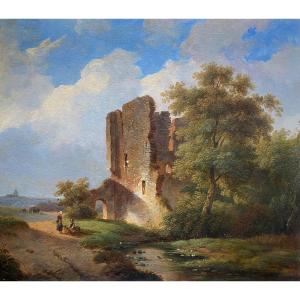




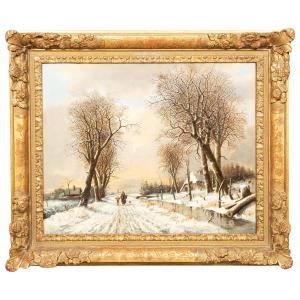
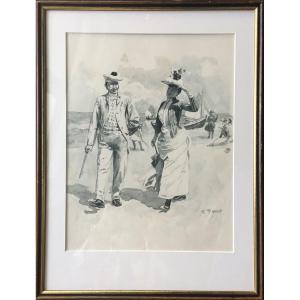


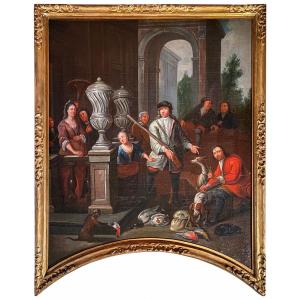
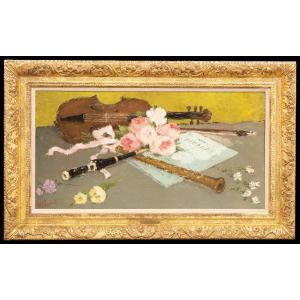

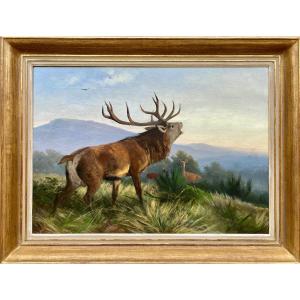









 Le Magazine de PROANTIC
Le Magazine de PROANTIC TRÉSORS Magazine
TRÉSORS Magazine Rivista Artiquariato
Rivista Artiquariato